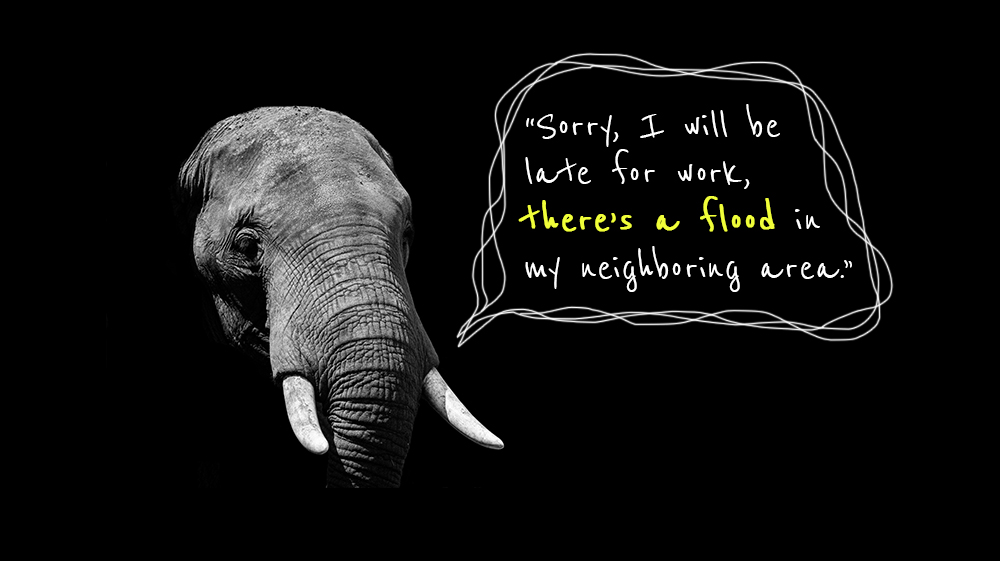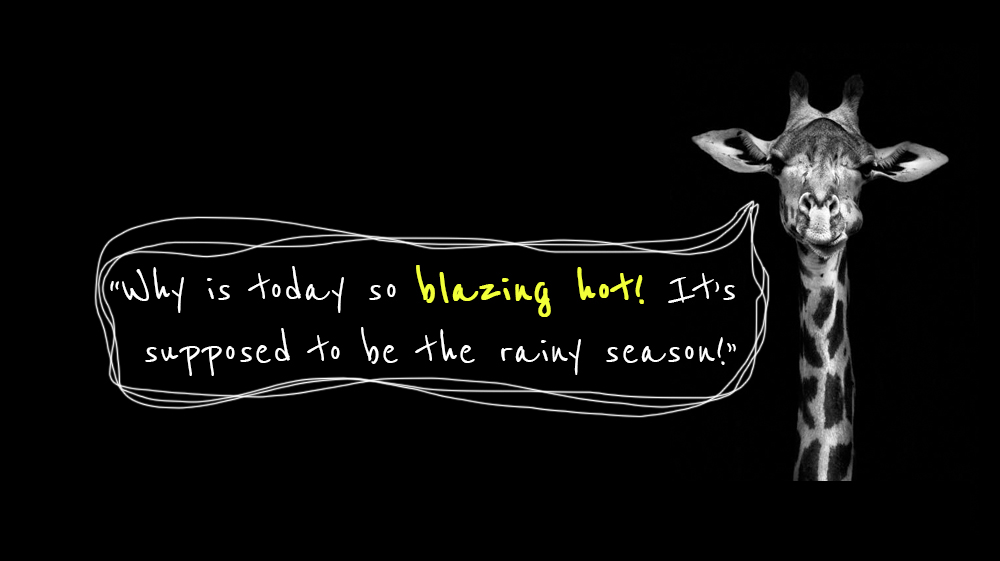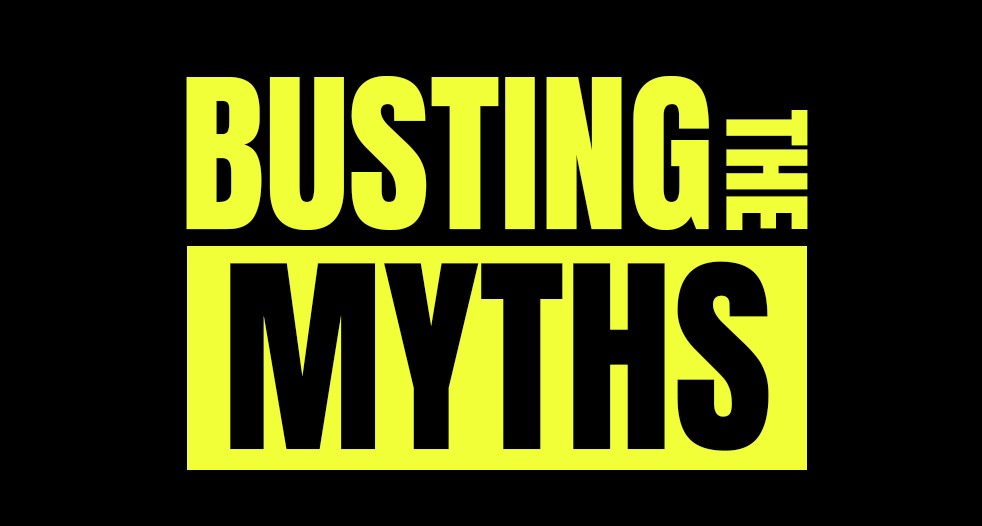
Eco-Mythbusting: Here’s the Truth You Need To Hear!

Eco-Mythbusting: Here’s the Truth You Need To Hear To Prevent Climate Change!
The earth’s getting hotter, the melted ice changes the home that our snowy friends know and love. And here we are, so-called the most intellectual and the most complicated being on earth. Some of you started to worry, asking “what can I do to save my earth?”
Our awareness means a lot, but it should come in the whole package with proper action and well-researched decisions. The clock is ticking and unnecessary movement only waste every precious second we have.
There are lots of actions taken, but some of our awareness was used by bigger companies, we’re toyed by the thought of making eco-friendly decisions while they’re making things worse with industrial wastes and unnecessary gimmicks.
But worry not! Here are three myths about climate change that you can use to sharpen your awareness and target it into a better goal!
Tote Bags and Stainless Straws: is it the answer?
Non-plastic products are so famous among people, especially millennials. Using reusable products to cut our plastic usage makes us feel better and less guilty while buying groceries or your favorite sugary boba.
But is this really the answer to prevent climate change? Although some people were convinced, these products are actually doing harm to our environment in its own way too.
Let’s start with a tote bag. This adorable and stylish reusable bag has come with a lot of style and pictures. This customizable little thing has become a part of the fashion line for a lot of the young community. It strengthens the branding of the tote bag; not only can you save the planet, you can also match it with your favorite outfit of the day.
According to study from UK Environment Agency (UKEA) in 2008, conventional plastic bags made from high-density polyethylene (HDPE, the plastic sacks found at grocery stores) had the smallest per-use environmental impact of all those tested while cotton tote bags, in contrast, exhibited the highest and most severe global-warming potential by far since they require more resources to produce and distribute.
The UKEA study calculated an expenditure of a little less than two kilograms of carbon per HDPE bag. For paper bags, seven uses would be needed to achieve the same per-use ratio. Tote bags made from recycled polypropylene plastic require 26, and cotton tote bags require 327 uses. (The study estimated that a cotton tote bag’s total carbon footprint was 598.6lb of CO2e. This compared to 3.48lb of CO2e for a standard plastic bag). That means that you would need to use the tote bag 172 times for every 1 time you used the plastic bag to match the carbon emission.
Have you ever forgotten to bring your grocery tote bag to your tote bag-only grocery store and be convinced to buy a new one immediately? Due to that incident, the usage of tote bags has increased; it’s easy to buy, easy to get, and becomes easy to dispose of. Here you can find a solid color and dull tote bag being thrown around the dumpster or street. It makes a tote bag like the new plastic bag.
Not only that, but an online poll conducted in 2014 by the marketing research firm Edelman Berland found that about half of respondents typically choose to use plastic over reusable bags, despite also owning reusable bags and recognizing their benefits. We are used to seeing that using a tote bag is greener than using a plastic bag. In reality, using a tote bag not in an improper way (buying the new one occasionally) is as harmful as using a plastic bag. The key is not just using it, but also REUSING the tote bag you already own.

In the same area, here we have plastic straws and stainless straws. As we face the same dilemma, we all know that stainless straws have become a trend from around two years ago.
Plastic straws are common products that we can find at sea and coastal cleanup. It chokes our little sea friends and puts their ecosystem on the line. Come to think again, is it better to use reusable products to end their misery?
But according to a partnership study between Engr308 Technology and the Environment (taught by Lonny Grafman) and the Humboldt State University (HSU) Sustainability Office during Fall 2018, the energy used to produce a single metal straw is equivalent to the energy used to produce 90 plastic straws. Based on their carbon emissions, producing one metal straw is equivalent to producing 150 plastic straws.
The study also noted that the average disposal rate for metal straws in five years was three percent. One the other hand, the disposal rate for plastic straws was 100 percent in five years. This means that if one million metal straws were produced this year, only 30,000 of those were disposed of after five years, while if one million plastic straws were produced this year, then one million plastic straws would have been disposed of even before the year ended.
Reusable stainless straws can possibly press the numbers of plastic straws usage and save our little sea friends, but that doesn’t make them innocent on climate change issues; the industrial process of stainless straws could bring harm to our environment. The process of producing a metal straw—which includes metal mining—is highly destructive to the environment as it creates pollutants and causes damage at every stage of production. The manufacturing process releases a lot more carbon dioxide (CO2), which is a greenhouse gas and a factor that exacerbates global warming.
“The point of using reusable products that we have to know is that it is important not to make them as the new version of the disposable one. Reusing is the key.”
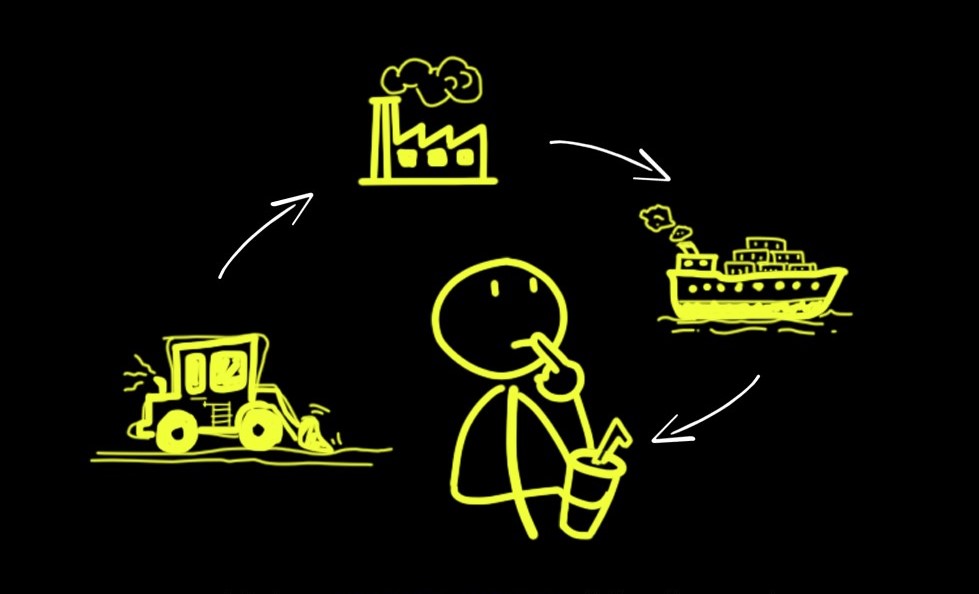
It’s important to take good care of our tote bags and really use them regularly as the substitution of plastic bags. As for straws, here we have a more eco-friendly solution with less industrial waste: bamboo straws. Maybe you can give this product a try.
Greenwashing: facts behind the labels
Have you ever found a label “chemical free” or “organic” on your daily products in supermarkets or drugstores? These products claim to be more eco-friendly and don’t bring harm to the environment, or your body. But, is that completely true?
Let us introduce you to ‘Greenwashing’. This term was found in 1983 by an environmentalist, Jay Westerveld, on one time he had a trip to some hotel. The hotel made a sign that encouraged the guests to use the toilet in order to “save the environment and save the sea creature”, while expanding their property and harming the environment and reefs around their property.
The implication of greenwashing as a marketing strategy was firstly done (back when the term ‘greenwashing was found) by a American biggest electricity provider, Westinghouse, as they promoted nuclear power as the “odorless, clean, neat, and safe”, and also claimed to be waste-less.
In fact, nuclear power does have less air pollution than coal, but then the debatable claim of ‘safe energy’ was confronted by the truth about the impact of nuclear waste on the environment. The waste that this nuclear plant ‘produced’, became a threat to their surroundings.
Greenwashing as a marketing strategy goes on and on among us, as the company tries to sell us some ‘safe’, ‘organic’ and ‘green’ products, while their industry is actually harming the environment, animals, or people that live around their industry. These products sometimes convince people to use products that don’t fit their physical needs (i.e skin care with unnecessary ingredients for your skin) and sell that ‘eco-friendly’ label to raise your interest in their products.
Sometimes the greenwashing trick was not always used by the industry to clean their names. Sometimes it’s just a simple bait to make us feel ‘safe’ by using their ‘chemical free’ or ‘organic’ products. While in truth, everything in our surrounding has chemicals in it, and organic was not always a good product. Therefore it’s necessary to search down some words in your favorite goods’ ingredients and dig deep into your research. It is important to know what’ll go inside our body, or what we’ll wear.
Greenwashing was so popular back then, since it makes us feel good to make some small but consistent contribution to our earth. But back then, it was hard to do some fact-check. Thankfully, we live in an informative era when we can do strong fact-check whenever needed, right? Unfortunately, that is not completely right.
A 2015 Nielsen poll showed that 66% global consumers DO feel better for buying ‘eco-friendly’ products. For millennials, it’s 75%! Jason Ballard, the CEO of sustainable house retailer TreeHouse, called this phenomenon a “dark side of a very positive development”, because these numbers came from our rising awareness toward environmental issues that are being used by companies to sell their products.
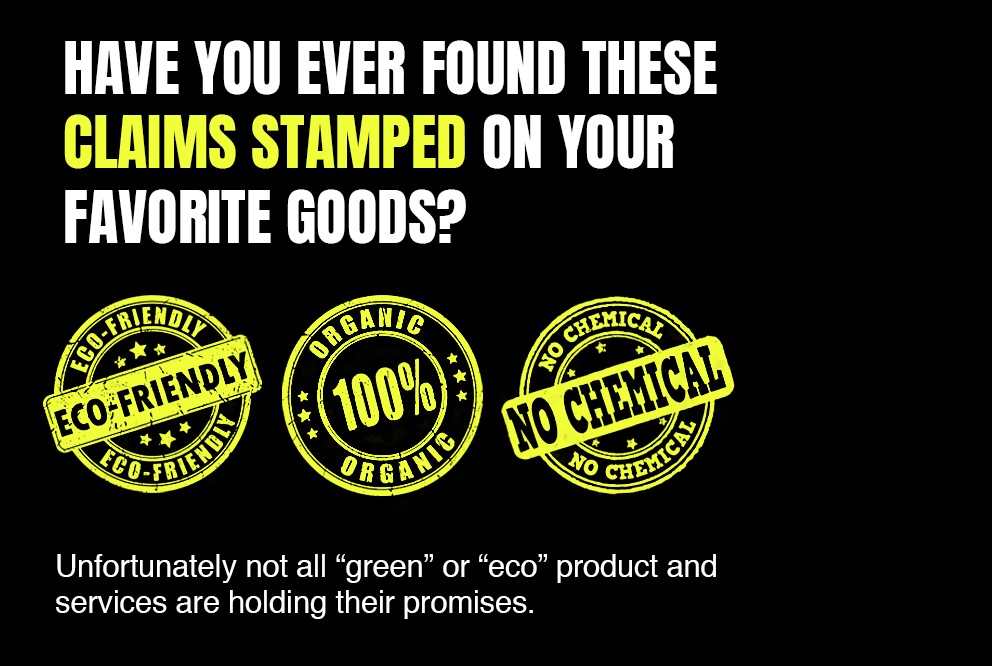
In conclusion, our earth needs practical acts to prevent climate change. Good things that firstly came with a good intention can possibly turn into some new harm to the environment if we treat them recklessly. And it is important to educate ourselves in this era, so we can make the right and impactful actions without wasting our time.
Follow our Social Media!

